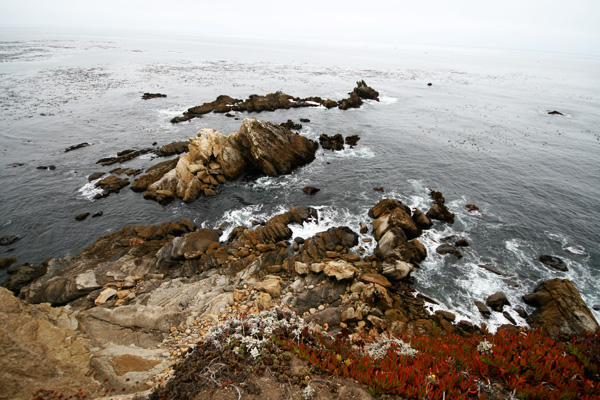An abalone diver at Salt Point State Park in Sonoma county lost his life on Sunday while diving for abalone.
Sonoma County Sheriff’s Sgt. Spencer Crum says witnesses saw a large wave hit Dean Seki of Redwood City at around 1:30pm, which separated him from his floating dive board. He was seen struggling to stay afloat in the rough surf before he became unresponsive. Two kayakers then paddled out to Seki and found him floating face down in the water. With the help of a state parks lifeguard, they helped bring the man to shore and the sheriff’s helicopter, Henry 1, flew him from the beach up to the road above. The final determination of how he died has not yet been determined.
This is the third fatality in abalone diving on the north coast this year; three men have died while seeking abalone since May off the Mendocino coast, while Seki is the first diver to have perished in Sonoma Coast waters so far.
Thousands of divers visit the Sonoma and Mendocino coastline each year, where freediving for abalone is still a popular activity. Abalone divers are reminded that diving for abs is a very strenuous activity, and it should only be done in ideal conditions and with the proper experience and equipment. Ocean conditions, especially on the north coast, can change very quickly and every diver should be prepared to abort the dive if conditions change or are not safe when initially arriving at the dive site.
If you’re not an experienced abalone diver, be sure to go with someone else who has experience diving the north coast. Some local dive centers, such as Sonoma Coast Divers in Rohnert Park, offer abalone diving classes to train new divers on equipment, diving techniques, and more. The one day class is taught on-site in the ocean near Jenner and includes a beachside lecture that will talk about the equipment required for abalone diving, how to identify the shellfish, the free diving techniques used to reach them, and proper methods to remove them from the rocks. Divers will then learn to dive for abalone in depths of 10 to 15 ft. of water, with visibility usually in the 5-20 ft. range. For more information on this class, please click here. Note that there are 3 upcoming dates for this class – September 3, October 1, and November 5. Other dive shops in northern California may also offer similar classes.
• • •
Editor’s note: Most dive magazines and related publications do not report fatalities, however we feel that in certain cases it’s important to share these incidents as a way to help other divers make better decisions and stay safer in the water. We would of course prefer that there are no dive accidents or fatalities, however we can learn to be better safer divers ourselves if we learn and understand what took place with these divers in questions. If you have any feedback on our approach to this, please share in the comments below or drop us an email at info@californiadiver.com. Thanks.


